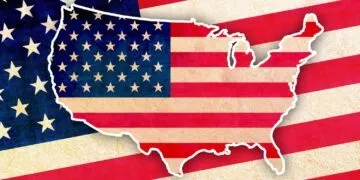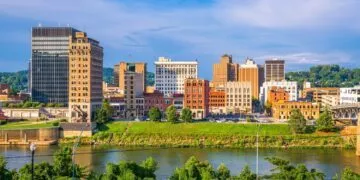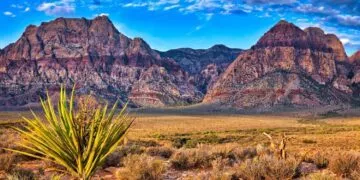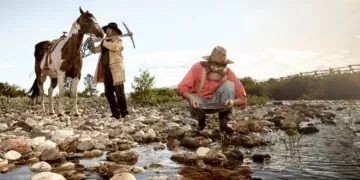Most commonly nicknamed “The Golden State” but also known as “The Land Of Milk and Honey,” “The El Dorado State,” and “The Grape State,” California was the 31st state to join the United States of America on September 9, 1850.
It has a population of 39,368,078 people (as of 2020), making it the most populated US state.
California is bordered by the states of Nevada, Arizona, and Oregon. With a total of 163,696 square miles (423,970 square kilometers) of land and water, it is the third-largest state.
The capital of California is Sacramento, which is located in the state’s north, just to the northeast of San Francisco.
That’s enough fast facts about the Golden State; here are the more interesting facts that you probably didn’t know!
People have lived in California for at least 11,000 years!
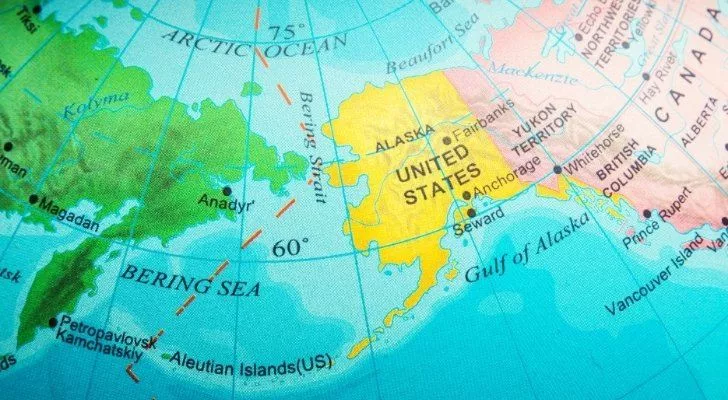
The most commonly agreed-upon theory on how the Americas were first populated claims that this happened sometime around 13-15,000 years ago.
According to this theory, people we refer to as the Paleo-Indians crossed from the far east of modern-day Russia across the Bering Strait into modern-day Alaska.
This was possible, as this was during the last Ice Age, and sea levels were low enough to form a land bridge between the two continents.
The Paleo-Indians were hunter-gatherers, and they slowly made their way into North America over many generations as they constantly sought out better conditions to hunt and thrive.
There are a number of archaeological sites in California which have been found to be evidence of Paleo-Indian presence.
While the dates of some of these are under question, the oldest certain date on which Paleo-Indians lived in California is about 9,000 BC.
There were around 300,000 people living in California when Europeans first arrived.
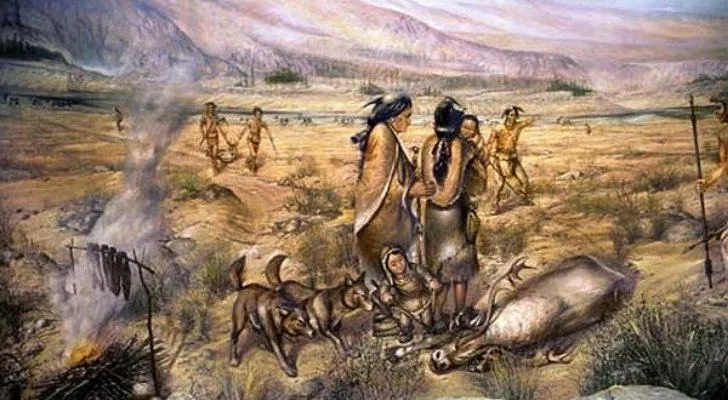
The Paleo-Indians who settled in modern-day California were largely cut off from the rest of the continent due to the towering mountain ranges of the Pacific Coast.
Due to this, the Native Americans of California developed in different ways from other Native Americans, with unique languages and cultures, and even came to appear quite different.
These early settlers spread across the region and, over time, developed ways to live comfortably off the various diverse flora and fauna that California offers.
By the time Europeans first arrived, there were at least 135 distinct language dialects spoken by more than a hundred unique tribes of Native Americans living and thriving off the land.
The first Europeans to explore California were Spanish.
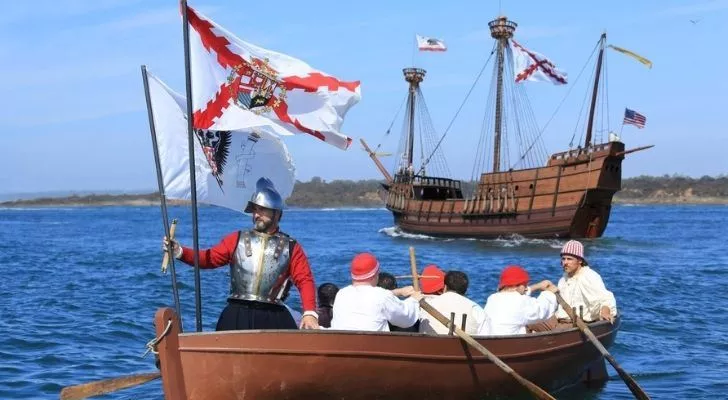
That being said, the Spanish expedition was actually led by the famed Portuguese explorer and captain Juan Rodríguez Cabrillo.
On September 28, 1542, the expedition sailed into San Diego Bay.
From there, they explored a little of modern-day California’s south before deciding that the region was of no interest to Spain’s colonization of North America.
Members of Cabrillo’s expedition described the Native American people they made contact with as living rather simply, with crude tools and no real agriculture.
What they didn’t know is that the people they met had no need for European-style agriculture, as the land was bountiful if you knew where to look.
California’s name comes from a mythical island paradise written about in an early 16th-century Spanish novel.
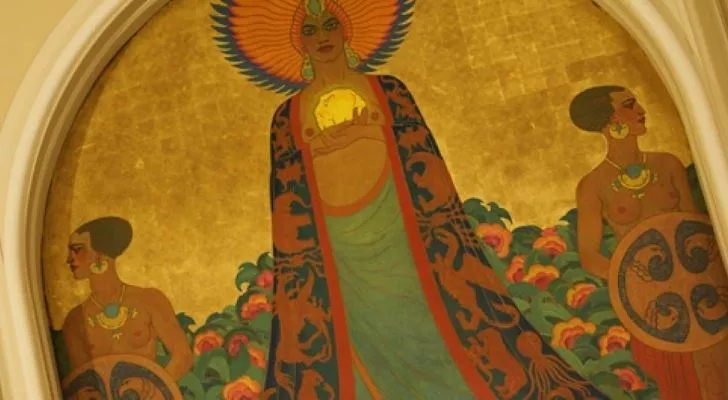
Well, it’s the most commonly accepted theory, at least.
In the early 16th century, shortly before Spanish sailors first discovered the region, a novel by the name of Las Sergas de Esplandián gained popularity.
It described an island to the east of the Indies called California, where an Amazonian-like race of warrior women lived.
No men lived on the island, and the women of the island adorned themselves with gold jewelry and brandished gold weapons, as that was the only metal available there.
There’s no direct record of the fabled island being the namesake of the island, but it’s highly likely due to its popularity at the time of Spain’s colonial attempts in the Americas.
Even more so, as explorers initially thought the land they called California to be an island.
Russia used to have a trading post just north of San Francisco.
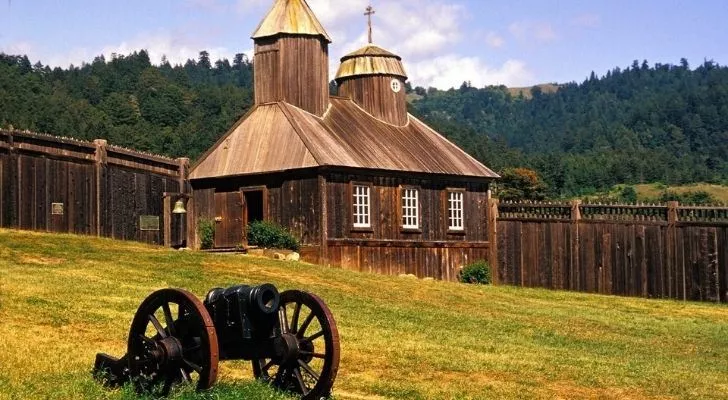
Russia actually sent quite a number of exploratory expeditions to the west coast of North America but largely focused up north in areas like modern-day Alaska.
Settlement in Alaska was difficult even for Russian colonists, as it was almost impossible to grow the necessary crops to live comfortably.
The Russian-American Company aimed to set up a much more comfortable colony on the Californian coast, just north of Spain’s interests in the San Francisco region.
They established Fort Ross in 1812, but life was equally challenging there.
The abundant otters that attracted hunters were soon hunted to the point of extinction, and the climate where they settled turned out to be unsuitable for farming.
In the end, the Russian-American Company sold the fort to an American settler in 1841 after failing to garner any interest from Spain or Britain.
California changed hands a few times before it became a US state.
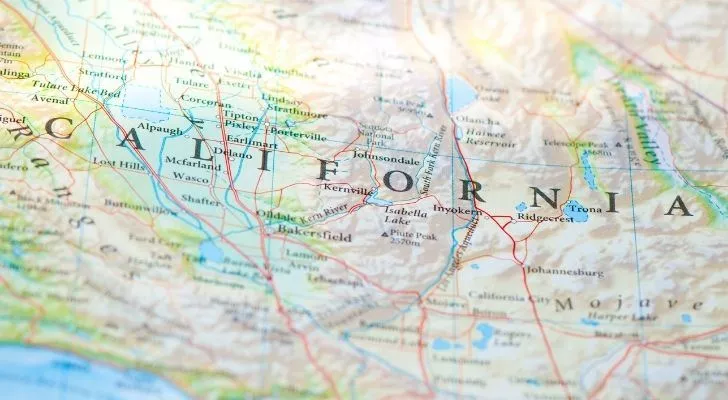
Spain claimed the region and decreed that it would be a part of New Spain.
They split California into two regions, Alta California and Baja California (Upper and Lower California), with the divide around modern-day San Diego.
They made little attempt to colonize the region but did establish a number of forts, villages, and missions.
One such mission was the San Francisco Mission, which eventually became the city of San Francisco.
In 1821 Mexico defeated Spain in the Mexican War of Independence and gained control of the California region.
They held control for 27 years but did little to develop it as Mexico’s early governments were highly unstable.
Mexico lost control of Alta California to the US after their defeat in the Mexican-American War, making modern-day California a part of the US from 1848.
The number of non-Native American people living in California increased from 1,000 to 100,000 during the California Gold Rush.
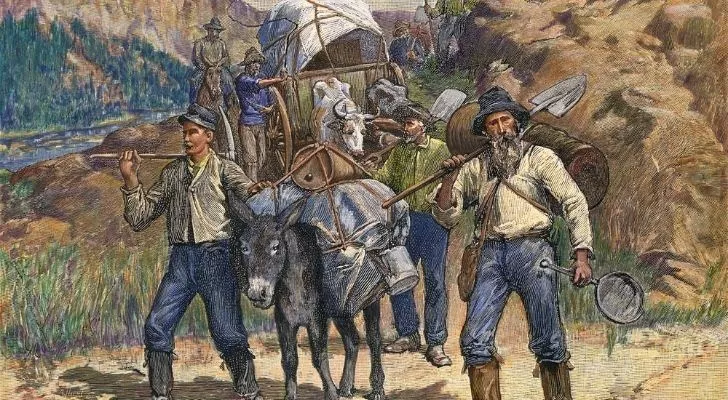
It all started in 1848 when gold nuggets were discovered in modern-day Sacramento Valley, just a few days before the US gained ownership of the California region.
News of the discovery spread like wildfire, and would-be prospectors flocked to California from all over the world to try their luck.
The Gold Rush changed California permanently, with gold mining towns complete with saloons, brothels, and various other businesses that catered to the newly rich sprouting up everywhere.
Those first few years were almost completely lawless, and it was soon realized that the region needed a little more control.
By the end of 1849, California had enough residents to apply to become a state.
California’s proposed constitution was against slavery, so it wasn’t until 1850 that it gained statehood to balance out Utah and New Mexico’s entry as states which were undecided on the issue.
The California Gold Rush peaked soon after in 1852, with approximately eighty million US dollars worth of gold unearthed in less than three years.
American citizens used to immigrate illegally into California.
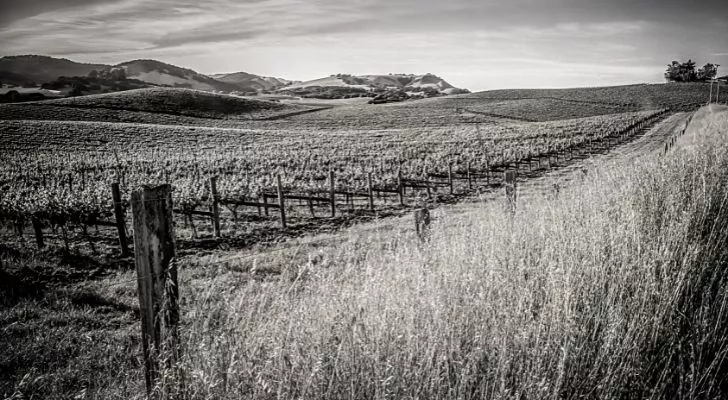
The true irony here is that when this happened, California was a part of the Mexican territory of Alta California.
We are, of course, talking about the early 19th century, during a period when California was still largely undeveloped.
At this time, there were a number of settlements, ranches, and so on scattered across the region.
Some adventurous Americans saw plenty of opportunity in the region and crossed into it illegally to take advantage of it.
Some were successful, while others were blocked from purchasing land or even renting it.
In 1846 a group of thirty-three such unsuccessful illegal immigrants decided to rebel against the Mexican government and managed to take control of a region north of San Francisco for 25 days.
They called their movement the California Republic, with the aim of eventually creating a republican government.
The California Republic was short-lived, mainly because the US took control of California, including the region occupied by the would-be republic.
If California was its own country, it would have the 6th largest economy in the world.
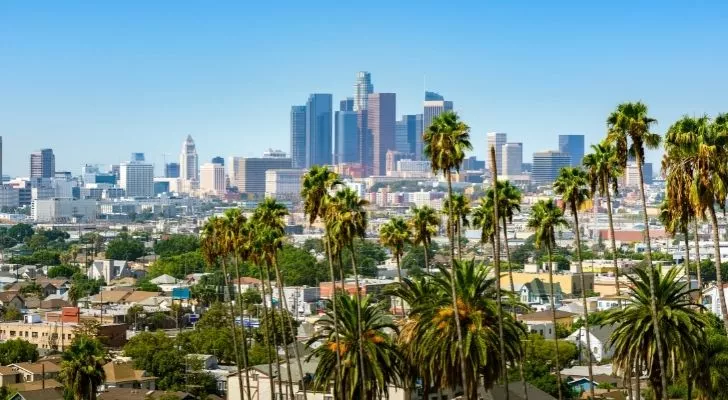
With that said, it should come as no small surprise that California also has the largest economy in the US.
Back in 2002, California lost the fifth largest economy title due to the Great Recession of 2012 but has regained its 5th position since.
One of the great successes of California is the diversity of its economy.
While Silicon Valley is a great benefit to the state, it relies most heavily on the finance, government, manufacturing, and business service industries.
California’s state animal has been extinct since 1924.
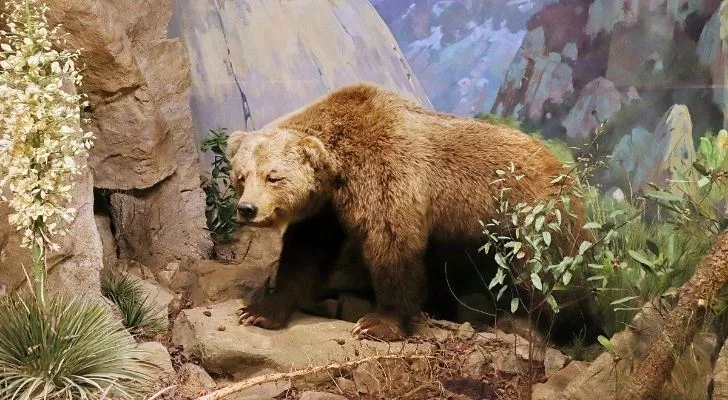
The California grizzly bear (Ursus arctos californicus) was one of the many different subspecies of brown bears known as grizzly bears.
They were known as grizzly bears not because they looked grizzled but because of their terrifying appearance.
Best estimates put the population of California grizzly bears at around 10,000 prior to European settlement of the region, but their numbers soon shrank as they were a threat to livestock that moved in with the new settlers.
When California was hit by the gold rush in the mid-18th century, the bears faced a new threat.
Gold prospectors scoured the vast wilderness of California for traces of gold and, in the process, began a tradition of hunting down any California grizzly bears they saw.
In 1924, less than eighty years after gold was discovered in California, the last sighting of a California grizzly bear was made.
Today the bear can only be seen flying on the California state flag and on the official state seal.
California has more National Parks than any other state.
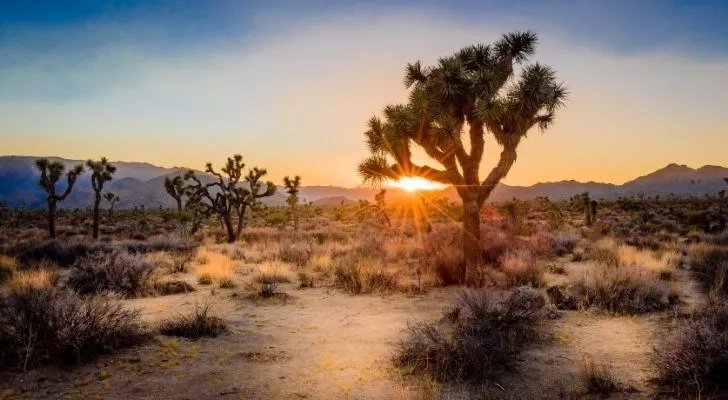
There are 59 National Parks spread out all over the United States, and California is home to nine of them.
Not only does California have the most, but it also boasts some of the best National Parks in the country.
California is an incredibly varied state, and its nature is no different.
To the south lies the Joshua Tree National Park with its otherworldly landscapes, while the North holds the Redwoods National Park with its towering timber giants.
One of California’s truly unique National Parks is the Death Valley National Park which hugs the border of Nevada.
It’s one of the hottest places in the world, regularly recording temperatures as high as 134 °F (56.7 °C).
The largest living tree in the world stands tall in California’s Sequoia National Park.
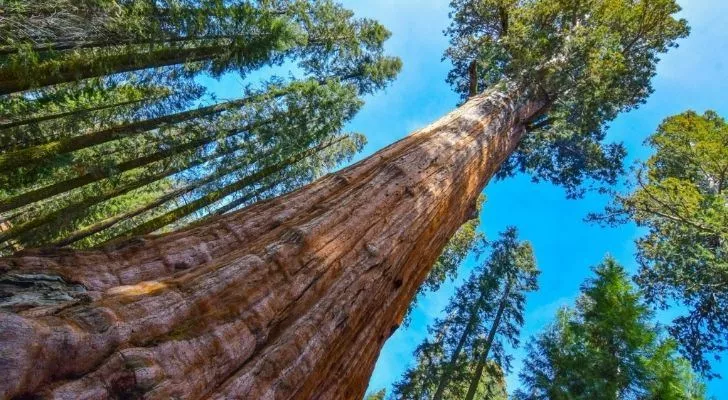
This National Park deserves its own separate mention solely on the basis of the mind-bending gigantic trees found there.
That being said, California’s King’s Canyon National Park is also home to some of the largest of these giant sequoia trees.
The largest of them all is known as General Sherman, measuring some 52,508 cubic feet (1,487 cubic meters).
The second-largest, found in the King’s Canyon National Park, is just shy of that at 46,608 cubic feet (1,320 cubic meters).
To put this into perspective, these trees are often taller than a 26-story building and can be wider than many city streets!
California is home to the world-renowned burger chain In-N-Out.

These days the popular burger chain can be found in more than 300 locations across the US.
It all started with Harry and Esther Snyder in 1948 when they opened the very first In-N-Out Burger in Los Angeles.
While other restaurant chains such as McDonald’s were cutting costs by using lower quality ingredients, In-N-Out prided itself from the get-go on using freshly prepared high-quality ingredients.
They also opened as a drive-through-only restaurant, which proved highly popular with the rise in car culture at the time.
Just twenty-five years later, In-N-Out had 13 locations, all found throughout the Los Angeles region.
It wasn’t until 1979 that the first restaurant with a dine-in area opened, which soon became much more popular.
The company has grown steadily since then, especially since the chain branched out and introduced restaurants to other southwestern states in 1992.
43.6 billion dollars worth of Californian wine was sold to the US market in 2019.
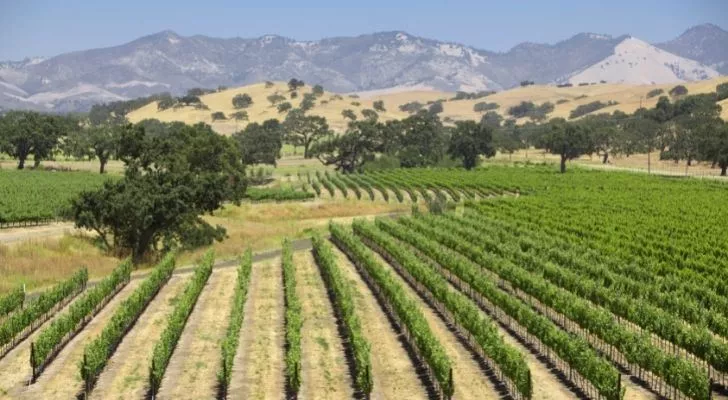
The US as a whole consumes a lot of wine, so much so that it has been the world’s largest wine market since 2010.
What’s truly amazing is that the US produces so much wine that it nearly meets its own demands, as it’s the fourth biggest producer of wine in the world.
You would think that the production of US wine is fairly spread out throughout the country, but this is far from the case.
Instead, an incredible 60% of the wine produced and sold within the US is from California – that’s 241.5 million nine-liter cases of wine!
Even more impressive for the Grape State is that 95% of US wine exports are Californian wine!
Moviemakers were driven to California by Thomas Edison.
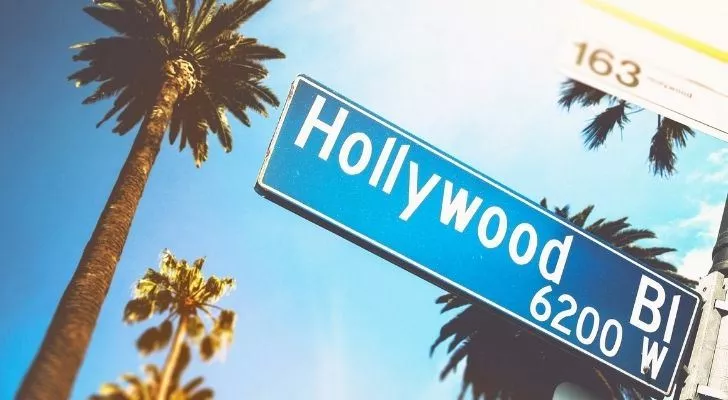
Believe it or not, the US film industry wasn’t always based in Hollywood, California.
At the turn of the 20th century, famed inventor Thomas Edison held most of the patents for movie-making equipment.
Edison used his patents to severely restrict who could and couldn’t make movies and even formed the Motion Picture Patents Company to further enforce this.
At this point in time, most films in the US were created in New Jersey, where Edison was based. Independent film producers who rejected Edison’s control fled to the other side of the country and settled in California.
Not only was Edison less able to exert his control over them, but the sunny California climate ended up being much more suitable for the film industry!
There’s more than one good reason why people say California is the greatest US state, and you’d be hard-pressed to argue against them.
Not only does it have more National Parks than any other state, but it’s also got jaw-dropping beaches spread all along its coastline.
It’s got incredible food, rich and diverse culture, and a booming economy to back it all up.
Really, it’s no wonder that people rave about it as the Golden State!


